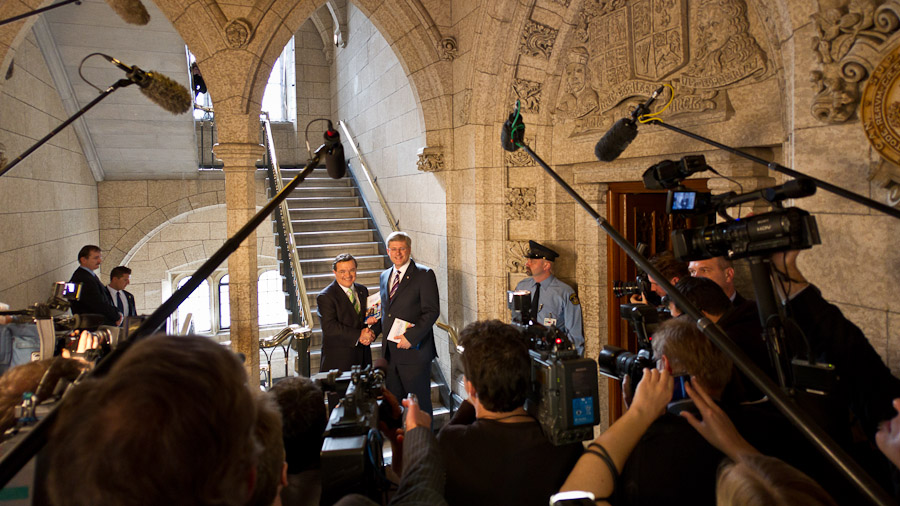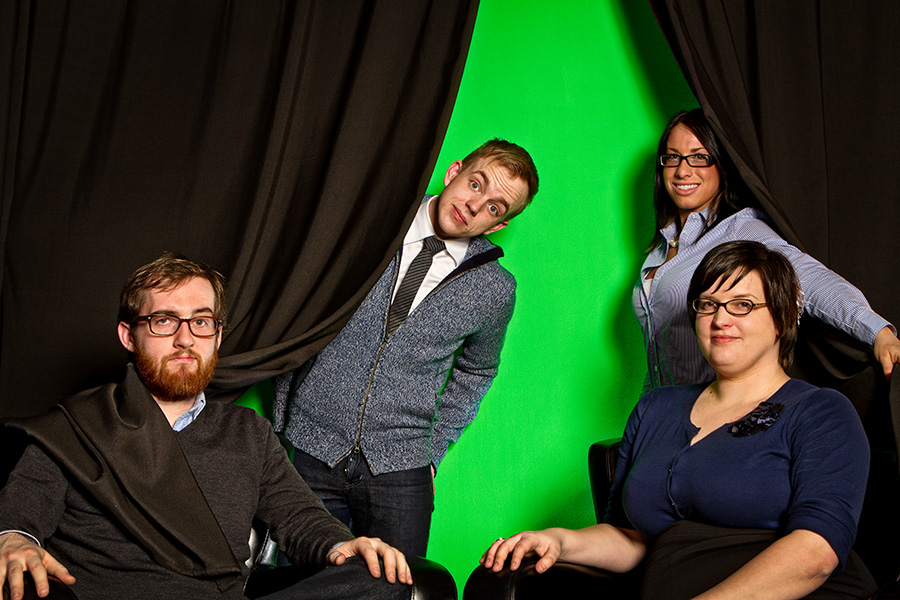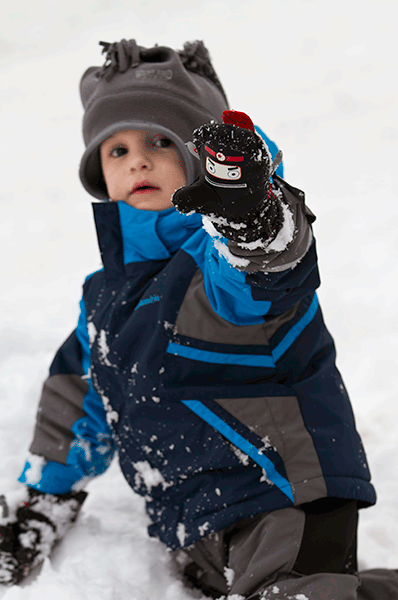
Home remedies for kids with colds – Quinn’s sick – though once I put him in front of the camera he sprung to life. Go figure.
Setup was pretty straighforward, I mention my setup info on my flickr page.

A friend of mine once asked “What are all these .XMP files, and why do I need them?” She was clearing out space on her hard-drive, and was confused about the hundreds (maybe thousands?) of .xmp files she had in her folders.
XMP
XMP is a “sidecar” file that is created to accompany the RAW files you’ve imported from your camera (You do shoot in RAW don’t you!?). This accompanying file is where all the processing information you’ve input into your favourite RAW converter, Aperture, Lightroom, and especially Bridge, is stored. Every time you open up Bridge, and work on an image +.3 exposure, +20 clarity etc. that info is written into the .xmp file, so that your settings will be remembered in the future.
Yes, Aperture and Lightroom have a catalogue that tracks these changes independently, and for those programs you don’t necessarily need the .xmp to keep track of your changes to those file – but you won’t be able to see those changes in any other program either since it doesn’t have access to that .CAT file.
Kinda complicated eh? And to make things worse, if you DID make those changes to the .xmp and, say, delete it because you were trying to free up space, or copied and pasted all the RAW files (but missed the .xmp’s) your settings are misplaced, or even lost. Broken connections in your workflow can be embarrassing, frustrating and devastating depending on the value of your edits.
DNG
Another option, one I use, is to convert your RAW files to .DNG (digital negative). DNG will embed all your edits into one file, including the RAW image data – think of it as a bundle – plus the DNG file-size is cumulatively smaller than the RAW+XMP combined. Now you don’t have to worry about transferring or storing twice the quantity of files, and if you need to send or share my RAW file you can do so with all the proper data embedded within it. That DNG is your new RAW file and it includes all of the .xmp data without the headache of maintaining a separate file!
Lightroom (which is what I use) gives you the option to convert to DNG upon import; this is a nice way to keep it automated and part of your workflow. I’ve recently stopped doing it this way, though, because it takes extra time to import and convert your files and on a big shoot (like a wedding) I’m spending FAR too much time converting images, many of which I’ll soon delete completely. Sadly Aperture does not allow you to convert to .DNG, but it does read the file type.
Workflow
My workflow goes like this: I import RAW riles through Lightroom’s Import dialgue using “copy”, add my meta-tags (© info), and then go through my images hitting ‘P’ for my selects and ‘X’ for my rejects. After this laborious process, I’ll make sure I haven’t rejected all of any given series of shots (of particular groups or moments) and hit ctrl+backspace (CMD+Delete on a mac I think) to delete all of my rejects. If I’ve done a good enough job, I probably have about half of the images I started with. These are the ones I’ll convert to .DNG and do all my RAW edits on.
To convert to DNG: select all, or single out, the images you want to convert, go to your Library Menu, and choose “Convert Photo(s) to DNG.
There are a few other advantages beyond the whole “two file” thing. DNG can be read across a number of applications, some that may not be able to read your camera’s particular RAW file. This happened to me a few years ago, after I purchased Panasonic’s LX3 point and shoot camera. While Adobe had support for these files pretty fast in Lightroom, I was unable to edit them in unsupported programs – I hear Apple has a particular delay in updating their camera RAW support. Theoretically, converting these fancy new RAW files to DNG will allow other programs to read and edit your digital files unencumbered, including Aperture.
Is DNG perfect? Likely not, I’m sure there are proprietary algorithms that every camera manufacturer encodes into their files. Something that might go missing, or not be done perfectly to spec. In practice, working weddings, events, portraits… I haven’t run into an issue yet.
There are a lot of very technical articles written on both sides: why to use DNG, why not to use it – I strongly recommend you read a few of them before coming to your own conclusion on what’s best for you. Some argue that it’s an open format that anyone can use; that it’s a closed format proprietary to Adobe… it’s probably somewhere in-between: the photographers version of a .PDF document. I’ve found it a hastle-free, economical use of my time, storage, and workflow.
Do you use DNG? Why? Or why not? Sound off in the comments!

which proved to be quite an asset in this case. I had the camera mounted high over my head, but I was able to check on it, occasionally, due to the pivoting LCD. The battery itself was able to last about 8,000 actuations – 1/50th a second or so – on a single charge. Did I have a backup? Yes. But I didn’t need it. Very impressed with this little “prosumer” camera, the hype has put it down, but as a Canon shooter I think this guy’s worth a look, especially if you’re entering the market, or just upgrading from the entry level Rebel line.




